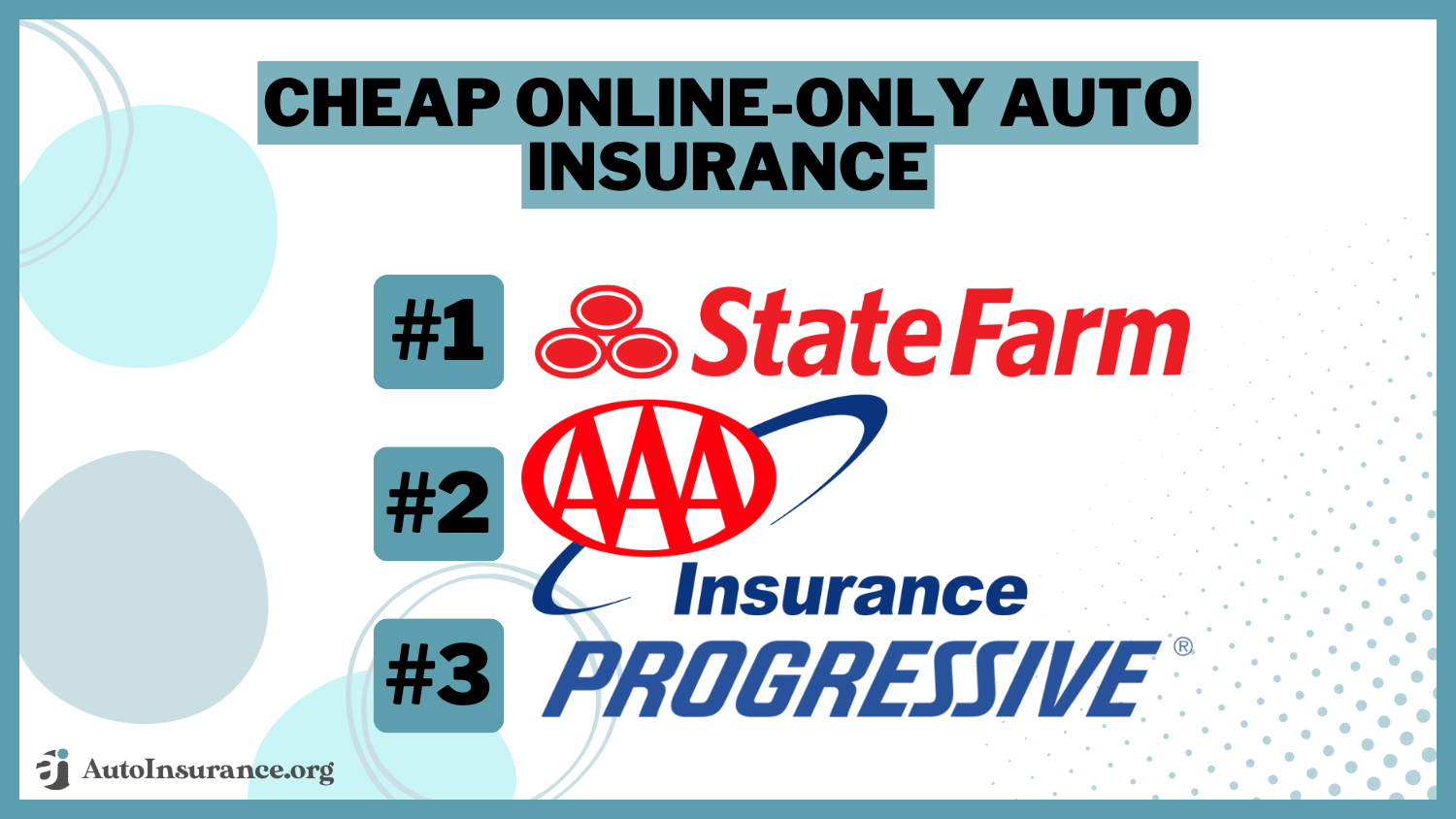Inside Look: The Way Car Insurance Companies Calculate Your Rates

Regarding car insurance, a lot of drivers often ponder the way their premiums are figured. The process can feel confusing, with various factors influencing the rates you pay. Understanding the nuances of auto insurance pricing can give you to arrive at knowledgeable decisions when looking for coverage.
Insurance companies use a mix of data analysis and statistical modeling to determine your rates. This includes assessing your personal information, driving history, and even the type of vehicle you drive. By diving into the details, we can uncover what really goes into calculating those rates and what you can do to potentially lower them.

Factors Affecting Insurance Premiums
In the realm of setting the car insurance premiums, multiple key factors are considered. One of the primary considerations is the driving record. A clear record with no accidents or traffic violations typically signals to insurers that you are a reduced risk, resulting in better premium rates. On the contrary, if you have accidents or speeding tickets on the record, you may end up dealing with higher premiums as insurers view you as a higher risk on the road.
An additional significant factor is the geographic location. Insurance companies examine the area where you reside and drive to determine the chances of accidents, theft, or vandalism. Urban areas often have elevated crime rates and more traffic congestion, which can result in higher insurance costs. On the other hand, rural areas might see reduced premiums due to fewer traffic and lesser claims, reflecting a reduced risk to the insurer.
Personal characteristics also play a significant role in calculating the premium. Factors such as age, gender, and marital status can affect rates. Younger drivers, particularly males, often face higher insurance costs due to statistical data showing these individuals are prone to accidents. Married individuals or older drivers may enjoy lower rates as they are typically seen as more responsible. In addition, the type of vehicle you drive and its safety ratings can also impact your insurance costs.
The Function of Insurance Underwriting
Insurance underwriting is an essential procedure in assessing car insurance rates, acting as the means by which insurers assess the risk of covering a certain driver. When you request auto insurance, insurance underwriters review various factors, including your past driving behavior, financial rating, and the type of vehicle you drive. This analysis helps insurance companies anticipate potential claims and set rates appropriately. A favorable driving record with minimal accidents or violations often results in minimal rates, while a record of claims can result in increased costs.
In besides specific driver data, the underwriting process also takes into account outside factors such as geographic location and market trends. For instance, a driver residing in an area with a high incidence of accidents may encounter increased premiums. Underwriters also factor in the make and model of the vehicle, as some cars are more prone to theft or expensive to repair, impacting the overall risk. These extensive assessments ensure that rates represent an accurate level of risk for each policyholder.
Moreover, underwriting processes have evolved with technology. Insurance companies now employ advanced algorithms and data analytics to improve their assessments and enhance accuracy. This advancement allows for a more tailored approach in establishing premiums, making it possible for insurers to provide competitive rates while maintaining profitability. Ultimately, cheapest car insurance Dallas is a vital function that balances the interests of the insurer and the insured, ultimately defining the framework of car insurance pricing.
Methods to Reduce The Car Insurance Rates
A effective way to decrease your car insurance rates is by comparing prices for the best deals. Insurance companies offer a wide range of rates depending on multiple factors such as the driving history, vehicle type, and area. By comparing quotes from various providers, you can find a plan that offers the same coverage for a lower price. It’s wise to check for discounts that some insurers give, such as those for cautious driving, bundling policies, or as a member of certain organizations.
A different strategy to cut your auto insurance costs is to boost your deductible. The deductible is the amount you pay out of pocket before your insurance kicks in for a claim. By opting for a higher deductible, you can typically reduce your monthly premium. However, it is essential to ensure that the deductible you choose is an amount you can readily afford in the event of an accident. Balancing your deductible with your overall coverage needs is essential.
In conclusion, considering your car's safety features and its insurance rating can significantly influence your rates. Vehicles equipped with high-tech safety features, such as brake systems, airbags, and security systems, often receive discounts. Additionally, selecting a car model that has a demonstrated track record of safety and low repair costs can lead to lower premiums. When purchasing a vehicle, it’s beneficial to research its insurance ratings and choose one that will help you save on auto insurance.
